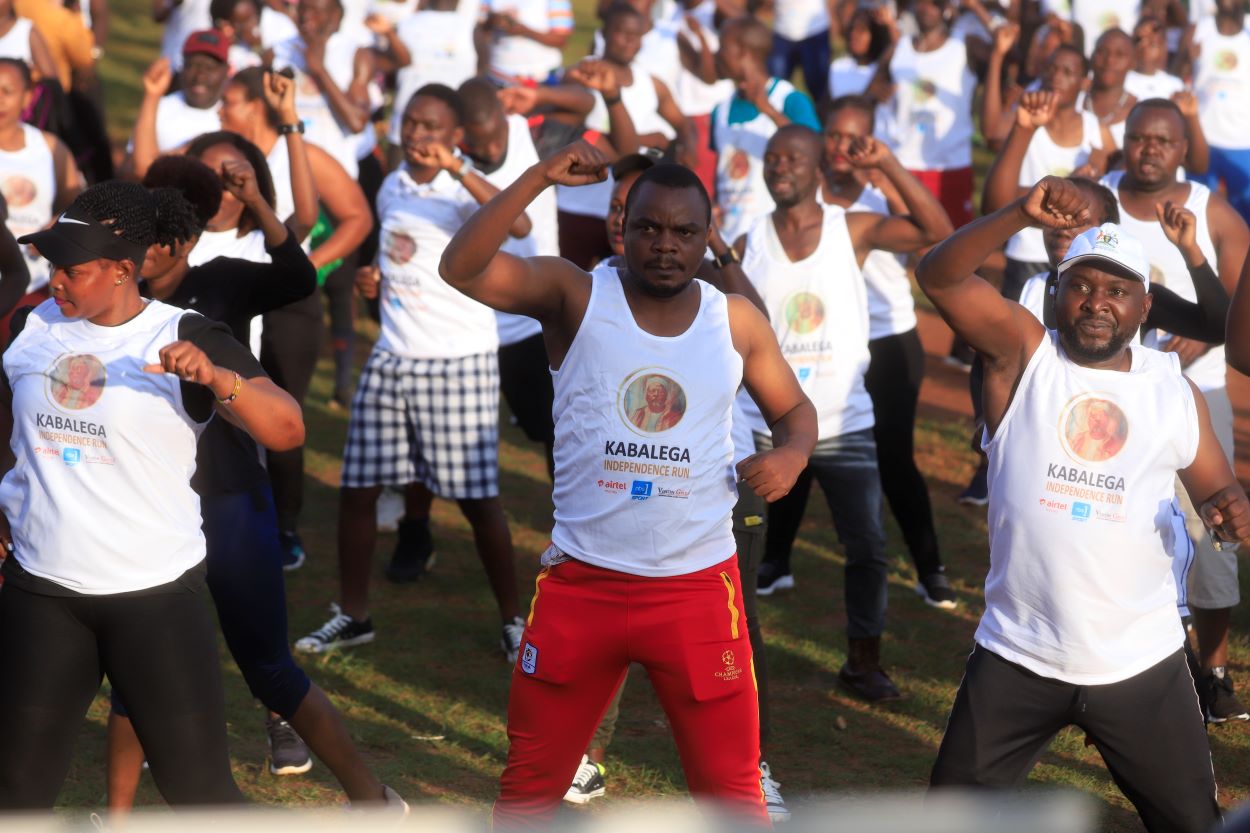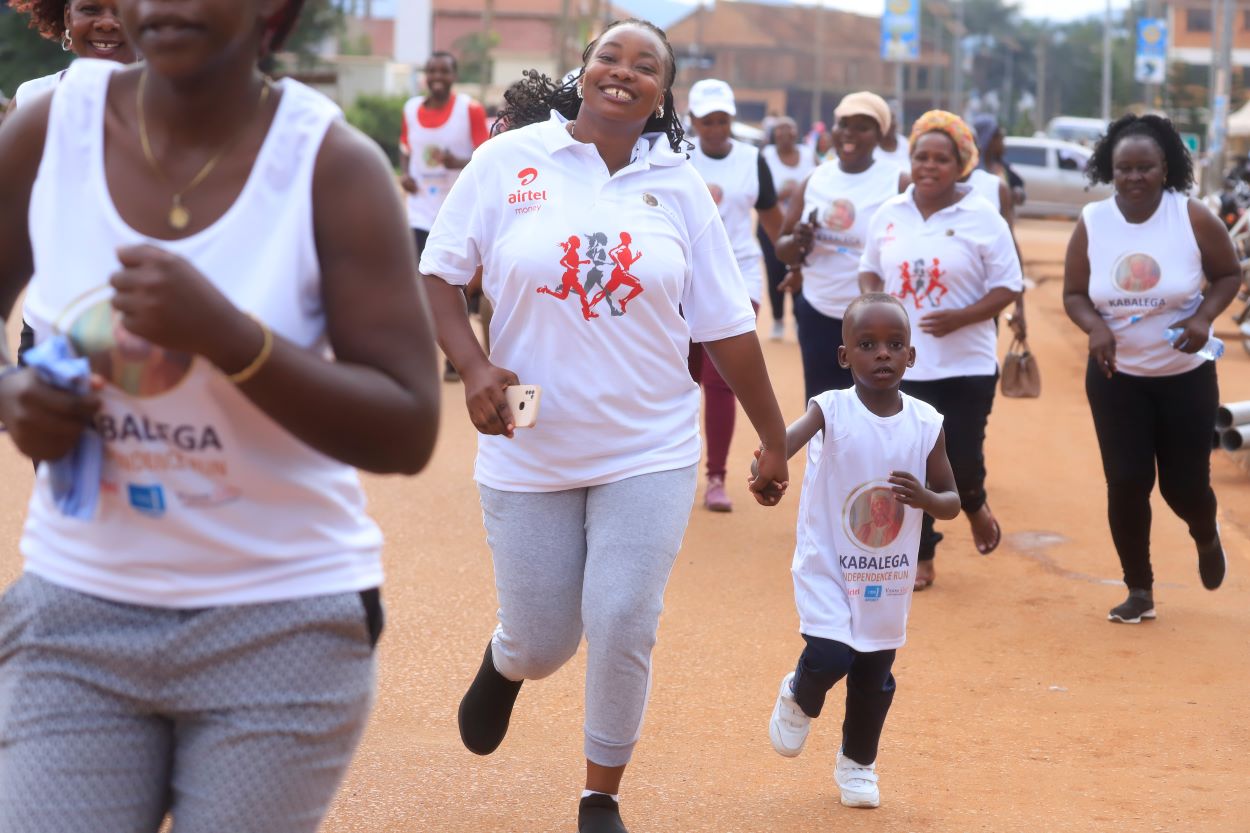
Avoid Injuries During Runs by Following a Few Tips
Running is a fantastic way to stay fit and healthy, but it also comes with its risks. To ensure you get the most out of your runs while minimizing the risk of injuries, follow these essential tips:
1. Start with a Proper Warm-Up
Why Warm-Up?
Warming up prepares your muscles and joints for the physical activity ahead, increasing blood flow and flexibility.
Effective Warm-Up Routine:
- Dynamic Stretches: Incorporate leg swings, high knees, and butt kicks to activate your muscles.
- Easy Jog: Start with a light jog to gradually elevate your heart rate and loosen your muscles.
2. Gradually Increase Your Mileage
Why Progress Gradually?
Sudden increases in distance or intensity can lead to overuse injuries. Gradual progression allows your body to adapt to the demands of running.
How to Progress Safely:
- Follow the 10% Rule: Increase your weekly mileage by no more than 10%.
- Listen to Your Body: Pay attention to any signs of discomfort or pain and adjust your training accordingly.
3. Invest in Proper Running Shoes
Why Shoes Matter:
Proper running shoes provide the necessary support, cushioning, and stability to reduce the risk of injuries.
Choosing the Right Shoes:
- Get Professionally Fitted: Visit a specialty running store for a gait analysis and fitting.
- Replace Worn-Out Shoes: Monitor the condition of your shoes and replace them every 300-500 miles.
4. Use Correct Running Form
Why Form is Important:
Proper running form helps reduce stress on your muscles and joints, minimizing the risk of injuries.
Tips for Good Running Form:
- Maintain a Straight Posture: Keep your back straight and head up.
- Land Lightly: Aim to land on the middle of your foot rather than your heel.
- Avoid Overstriding: Your foot should land directly underneath your body.
5. Incorporate Strength Training
Why Strength Training?
Strengthening your muscles helps support your joints and improves overall stability, reducing the risk of injuries.
Key Areas to Focus On:
- Core Muscles: Strong core muscles help with balance and stability.
- Leg Muscles: Strengthen your quadriceps, hamstrings, calves, and glutes to support your running.
6. Stretch and Cool Down After Running
Why Cool Down?
Cooling down helps your muscles recover and reduces the risk of stiffness and injuries.
Effective Cool Down Routine:
- Static Stretches: Focus on stretching your major muscle groups, such as calves, hamstrings, and quadriceps.
- Gentle Jog or Walk: Gradually lower your heart rate with a slow jog or walk.
7. Pay Attention to Your Nutrition and Hydration
Why Nutrition and Hydration?
Proper nutrition and hydration support muscle recovery and overall performance.
Tips for Optimal Nutrition and Hydration:
- Stay Hydrated: Drink water before, during, and after your run.
- Eat a Balanced Diet: Include a mix of carbohydrates, proteins, and healthy fats in your diet to support energy and recovery.
8. Listen to Your Body
Why It’s Crucial?
Ignoring pain or discomfort can lead to more serious injuries.
How to Listen to Your Body:
- Recognize Warning Signs: If you experience persistent pain or discomfort, it may be time to rest or seek medical advice.
- Rest When Needed: Incorporate rest days into your training schedule to allow your body to recover.
Conclusion
Preventing injuries during your runs involves a combination of proper preparation, gradual progression, and attention to your body’s needs. By following these tips, you can enjoy your running routine while minimizing the risk of injuries and enhancing your overall performance.






